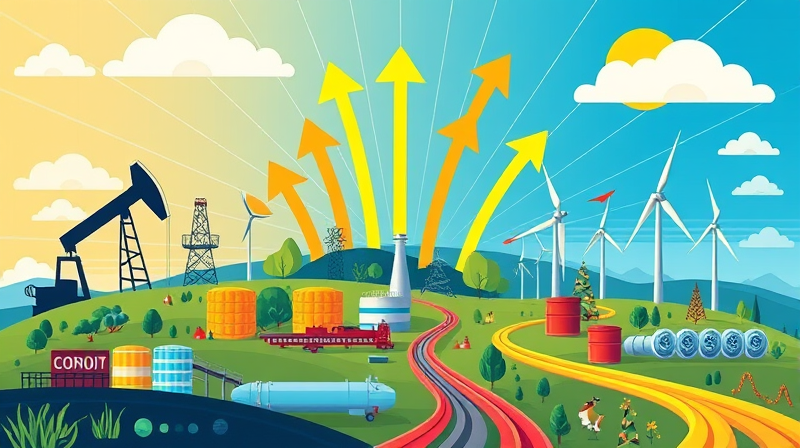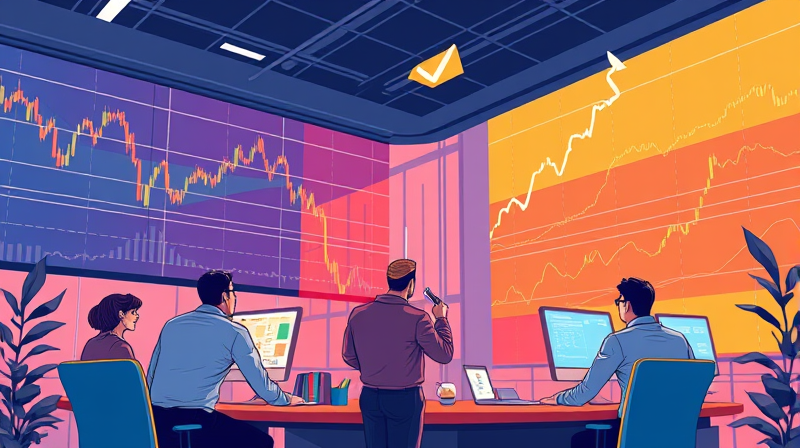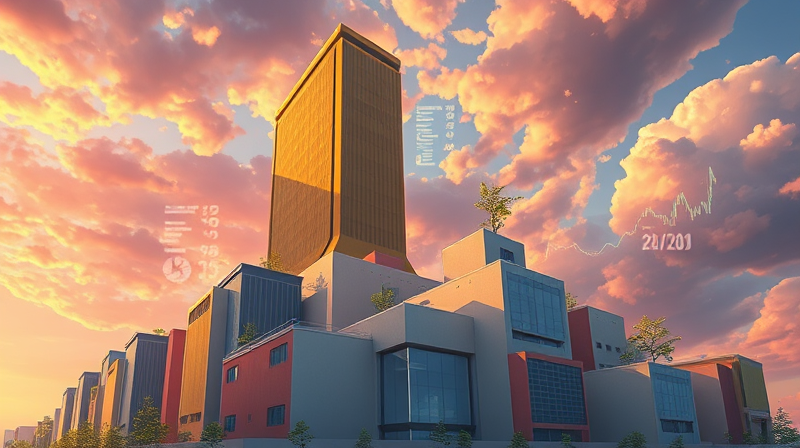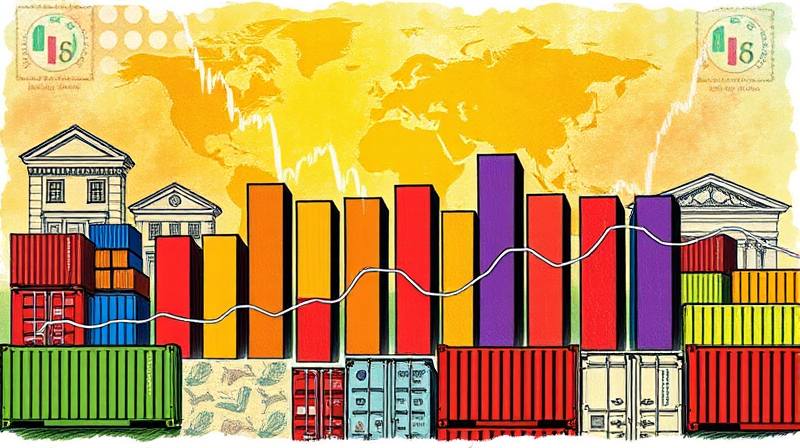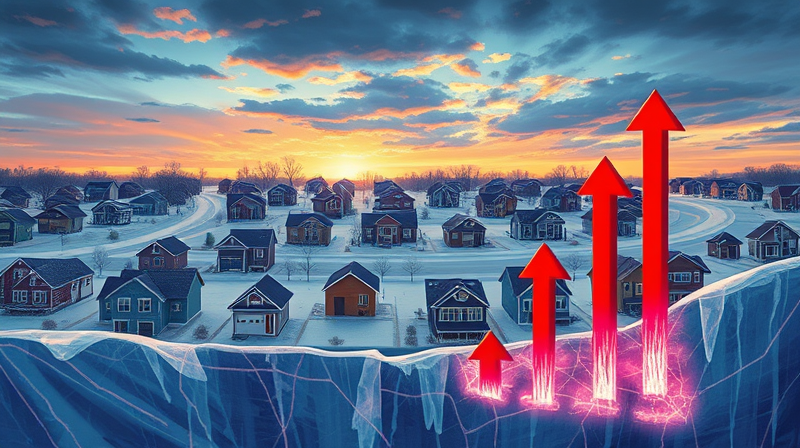
In 2025, the U.S. housing market finds itself at a crossroads. After years of rapid appreciation and frantic bidding wars, activity has slowed to a crawl. Elevated mortgage rates and persistent economic headwinds have combined to create a landscape that is, for many, frozen in place.
Buyers and sellers alike are pausing, uncertain when or if the tide will turn. This article explores the forces at work, examines regional variations, and offers practical guidance for those navigating these challenging conditions.
Overall activity has declined sharply. Home price appreciation is projected to fall to just 2–3% in 2025, down from 4.5% a year earlier. Existing home sales sit at 14-year lows, with transaction volumes reminiscent of the depths of previous market contractions. The driving factor, experts agree, is mortgage rates.
After dipping to 6.2% in late 2024, the average 30-year fixed mortgage rate has climbed back over 7% at times, and sat near 6.94% in May 2025. Those levels impose a heavy affordability burden, pushing many buyers to the sidelines and prompting would-be sellers to stay locked in to their ultra-low existing rates.
Mortgage rates are influenced less by Federal Reserve short-term policy and more by broader bond market trends, government debt concerns, and lingering inflation expectations. Despite cautious rate cuts by the Fed, long-term yields keep mortgage costs elevated.
Analysts forecast average rates ending 2025 around 6.3%, with 2026 seeing similarly elevated levels near 6.2%. Unless there is a rapid shift in macroeconomic trends, the market’s core challenge will remain.
On one hand, housing inventory is improving. As of April 2025, national supply grew 30.6% year-over-year, and the months’ supply edged up to 4.4 months—still below the 5–6 months needed for a balanced market but a step in the right direction.
New home listings are at their highest since 2007–2008, with roughly 481,000 for sale, including 385,000 speculative builds. Yet even these gains have not spurred significant buyer interest.
In many desirable markets, the simple fact is that potential sellers are locked into sub-3% mortgage rates and unwilling to trade up or relocate at current top-of-market prices and rates.
Wage growth has lagged behind both price and mortgage rate increases, squeezing monthly housing budgets. In many regions, even with slower price growth, the total cost of homeownership remains out of reach for first-time buyers.
Affordability remains heavily constrained as stagnant wages offset any inventory gains. Low-income and minority buyers face the dual challenge of higher borrowing costs and limited entry-level stock.
Looking ahead, a number of uncertainties loom large:
• A resurgence in inflation could push rates even higher.
• New tariffs or supply-chain shocks could raise construction costs.
• Federal Reserve policy may pivot unexpectedly in response to global events.
• Change in administration could usher in housing-related policy shifts.
Expert consensus suggests that without either a rapid drop in mortgage rates or meaningful wage growth, the market will remain subdued through the remainder of 2025.
While the broader market may be stalled, individual opportunities still exist. Buyers who are patient and well-prepared can find value in less competitive markets. Sellers who price homes realistically and offer flexible financing options may entice locked-in buyers.
Key tactics include:
Additionally, shared-equity agreements, seller financing, and other creative approaches can bridge affordability gaps and close more deals in today’s tight environment.
Policymakers face a delicate balancing act. Rate cuts aimed at spurring housing activity could risk reigniting inflation. Conversely, maintaining higher rates may prolong the affordability crisis and slow economic growth tied to housing.
Expert consensus points to the need for coordinated action: policies that support wage growth, targeted down-payment assistance, and measures to reduce construction costs can help restore equilibrium.
In a best-case scenario, moderate inflation, improved wage trends, and gradual rate declines converge to unfreeze markets by late 2025 or early 2026. In a downside scenario, stubbornly high rates and rising costs keep activity suppressed well into the next housing cycle.
The U.S. housing market in mid-2025 is characterized by low sales volumes, slowing price growth, and widespread hesitation among buyers and sellers. Market remains largely frozen until affordability improves through lower rates, wage gains, or innovative financing structures.
By understanding the interplay of macro factors and adopting practical strategies, participants can navigate these choppy waters and position themselves for success when conditions eventually shift.
References






